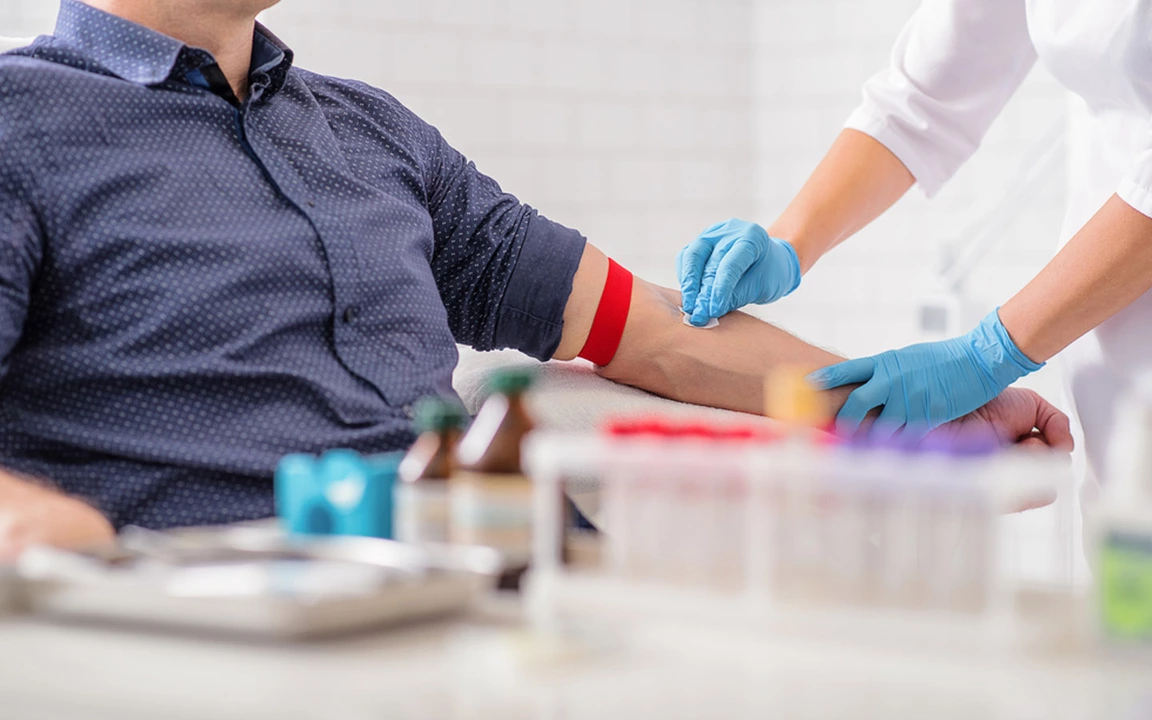Blood Cancer: What You Need to Know First
Blood cancer isn’t one disease — it’s a group of cancers that start in blood, bone marrow, or the lymph system. The big names you’ll hear are leukemia, lymphoma, and myeloma. Some types act fast, some progress slowly, and many can be treated or controlled for years. If you or someone you care about is worried, this page gives clear, practical steps to help you move forward.
Spotting Symptoms Early
Symptoms can be subtle. Watch for unexplained tiredness, frequent infections, easy bruising or bleeding, swollen lymph nodes, unexplained weight loss, night sweats, or bone pain. These signs don’t prove cancer, but they’re reasons to see a doctor. The sooner you check, the faster any problem can be diagnosed and treated.
If your GP suspects an issue, common first tests include a complete blood count (CBC) and basic blood chemistry. Abnormal results often lead to more specific tests like a peripheral blood smear, bone marrow biopsy, or imaging (CT/PET). These tests tell doctors what type of blood cancer it might be and how advanced it is.
Treatments and What to Expect
Treatment depends on the exact type and stage. Options include chemotherapy, targeted drugs that attack cancer cells, immunotherapy that boosts the immune system, and stem cell (bone marrow) transplant. Some slow-growing forms may be watched without immediate treatment — called "watchful waiting." Your team will weigh risks, benefits, and your personal goals.
Side effects matter. Fatigue, nausea, infection risk, and hair loss are common with many treatments. Ask your care team about supportive meds, nutrition help, and infection prevention. Small changes — like hand hygiene, vaccinations when allowed, and planning rest days — make treatment easier to handle.
Mental health and practical support matter as much as medical care. Reach out to counseling, support groups, or a social worker early. They can help with emotional coping, insurance questions, and getting to appointments. Practical help — rides, meal delivery, or help at home — often makes a big difference.
If you’re navigating a diagnosis, keep a short list: symptoms and when they started, list of medicines, questions for your doctor, and a trusted contact. Bring someone to appointments if you can — two heads remember more details than one.
When you need more info, look for cancer centers, patient advocacy groups, or your national health service pages. Always double-check medical advice with your doctor before changing meds or starting supplements.
If something feels off, don’t wait. Early evaluation gives more treatment options and better outcomes. Talk with your doctor, get the recommended tests, and ask for clear next steps — you don’t have to figure it out alone.

